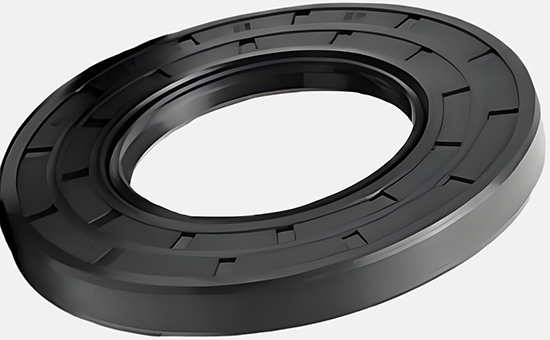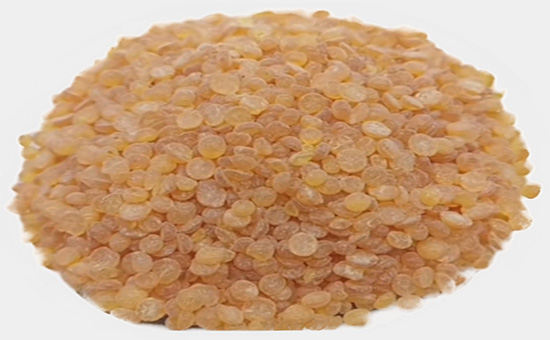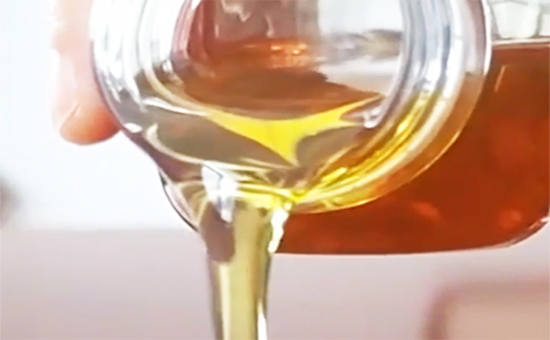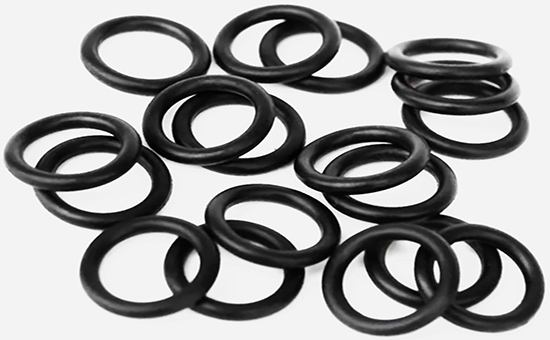
Nitrile reclaimed rubber retains the basic performance characteristics of nitrile rubber, excellent oil resistance, and is not easy to swell in the oil medium for a long time, and can be used alone or in combination with nitrile rubber, neoprene, etc. to produce oil-resistant sealing products to reduce the cost of raw materials. The commonly used compounding agent processing methods for oil-resistant sealing products of nitrile recycled rubber mainly include: crushing and processing of block compounding agent, sieving treatment of powdered compounding agent, heating and dehydration of liquid plasticizer, etc.
1. Key points of crushing and processing of nitrile recycled rubber oil-resistant sealing products commonly used block compounding agent
(1) Lumpy compounding agent crushing standard: paraffin, stearic acid ≤ 5g/block, rosin ≤ 10g/block, solid coumaron ≤ 10g/block, asphalt ≤20g/block.

2. Nitrile recycled rubber oil-resistant sealing products commonly used powdered compounding agent screening points
(1) Powdered compounding agent screening standard: sulfur and zinc oxide are generally screened by 60-80 mesh screens, and carbon black is screened by 40-60 mesh screens; Coumaron resin requires uniform dispersion, and can be sieved after crushing, and the coumaron particles are not easy to disperse evenly if the E4LYY116 is too large, and nitrile vulcanized rubber is easy to produce bubbles. In actual production, if sulfur, zinc oxide, carbon black, etc. have reached the screening standard, the packaging is not damaged, but not screened; If the above-mentioned compounding agent has been coated and granulated to make a dispersible compounding agent, it can also be used directly without sieve.

(2) Key points for the screening of powdered compounding agent: check the number of mesh mesh and whether it is damaged during screening; When replacing the compounding agent, pay attention to cleaning the screen and separating the sieve residue from the screening material.
3. Nitrile recycled rubber oil-resistant sealing products commonly use liquid plasticizer heating method
(1) Liquid plasticizers are often used in the production of oil-resistant rubber sealing products with nitrile reclaimed rubber, such as dioctyl phthalate (DOP) and dibutyl phthalate (DBP) in ester plasticizers, and the moisture content is easy to exceed the standard (the standard is ≤0.05%). If the moisture content is too high, DOP will be acidic during storage, promote the decomposition of DOP into alcohols, acids and olefins, and it is easy to cause degumming of metal skeletons in the production of nitrile oil seals; In the production of oil-resistant sponge sealing products, the foaming quality is affected, and it is recommended to use the heating method to remove the moisture.

(2) Glycerin is very easy to absorb moisture, and excessive water content will cause the rubber to be easy to roll off during rubber mixing, affecting the adhesion, and it is necessary to take the heating method to remove water (100 °C×0.5h).
(3) Liquid plasticizers such as pine tar are viscous liquids at room temperature, and begin to become semi-solid when the temperature is below 15 °C, which is difficult to weigh the ingredients and needs to be properly heated to make them flow.

When using nitrile reclaimed rubber as the main raw material to produce heat-resistant rubber sealing products, rubber product manufacturers not only need to reasonably deal with all kinds of compounding agents, but also need to strictly control the production process parameters, especially the mixing process and vulcanization process.
Exclusive original article [commercial authorization] reprint, excerpt and excerpt in any form are prohibited without written authorization. Focus on Hongyun rubber: learn the process formula and raw material technology of producing rubber products from recycled rubber to help you reduce costs and increase profits